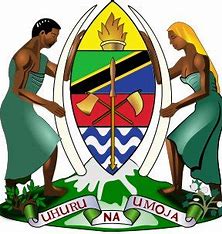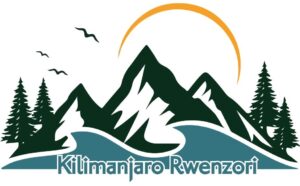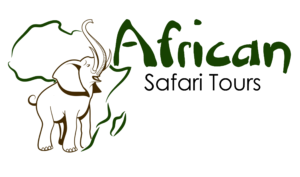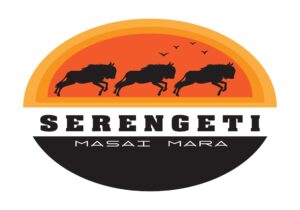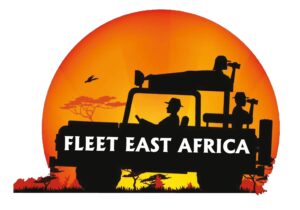Contact Us – Plan Your Tanzania National Parks Safari Adventure
Let's Craft Your Dream Tanzania National Parks Safari Adventure
Here at the Tanzania National Parks agency, we are committed to making lifelong memories on safari throughout Tanzania’s remarkable national parks. You may need to witness the Great Migration in Serengeti, track Tanzania Big Five safari animals, or explore off-the-beaten-path locations; our expert advisors can help you with that.
Important Notice: We begin our Tanzania safari tours in our parks from 5 days and beyond to provide an experiential and rewarding experience.
Tap on any button to email or WhatsApp us for a Tanzania safari or any feedback, and our travel experts will get in touch with you shortly. You can also contact us using our floating contact widget on the bottom right on your screen.
Tanzania National Parks direct contacts
- Arusha, Tanzania
- +255 787914539
- WhatsApp: +255 787914539
- Emails:
